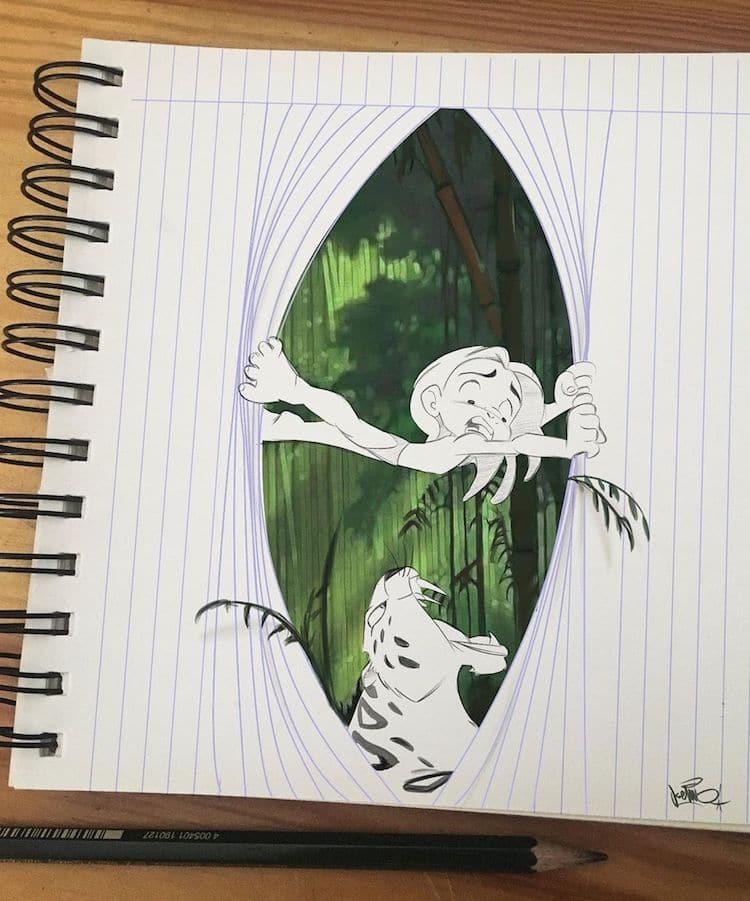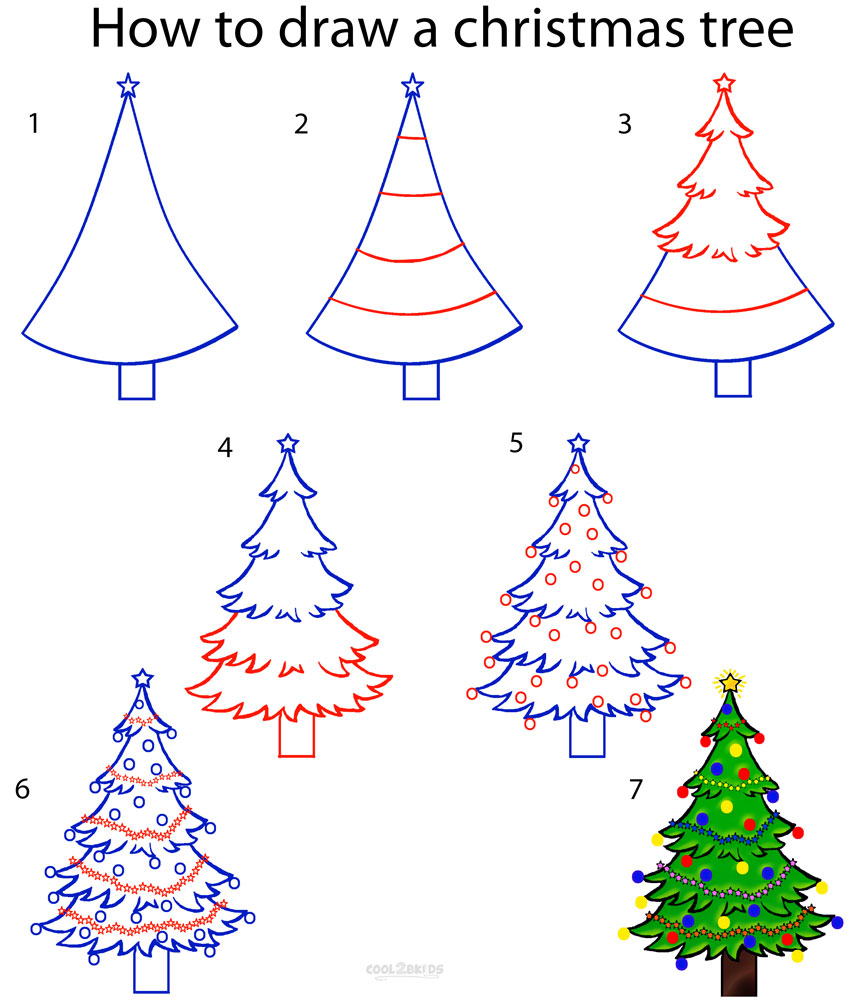How to shade basic forms
Table of Contents
Table of Contents
If you’re looking to get started with drawing, it can be overwhelming to know where to start. How do you draw basic shapes and forms? What tools and techniques do you need to know? In this post, we’ll explore the basics of drawing and give you the tools you need to start creating your own artwork.
Pain Points
For many people, drawing can feel intimidating. Maybe you’ve tried before and struggled to create the images you envisioned. Or perhaps you worry that you don’t have the talent or skills to draw at all. We’re here to tell you that anyone can learn how to draw. It just takes practice, patience, and some basic knowledge of techniques and tools.
How to Draw the Basics
The good news is that drawing basic shapes and forms is actually quite straightforward. You don’t need a lot of fancy tools or equipment to get started. In fact, all you really need is a pencil and a piece of paper. When you’re first starting out, it can be helpful to practice drawing simple shapes like circles, squares, and triangles. Once you’re comfortable with these basic shapes, you can start combining them to create more complex images.
Main Points
In summary, learning how to draw the basics involves understanding some basic techniques and tools like pencils, paper, and simple shapes. With practice, anyone can learn how to draw, regardless of their perceived talent or skill level.
The Importance of Practice
If you’re new to drawing, the most important thing you can do is practice regularly. The more you draw, the more comfortable you’ll become with the tools and techniques involved. In fact, many artists recommend setting aside a regular time each day to practice drawing. This can help you develop the skills and habits you need to become a confident artist.
Different Approaches
When it comes to practicing, there are many different approaches you can take. For example, you might try drawing from life by setting up still life compositions or drawing people and objects in motion. Alternatively, you might focus on creating your own compositions from your imagination or experimenting with different drawing styles and techniques.
Using Reference Images
Another helpful practice technique is to use reference images to guide your drawings. This could involve finding photos online or in books and using them as inspiration for your own artwork. Or you could take your own reference photos to work from. By using reference images, you can gain a better understanding of how to draw different shapes and forms, and improve your overall skills.
Troubleshooting Common Issues
As you practice drawing, you may encounter some common issues that can be frustrating to work through. For example, you might struggle to create the illusion of depth and dimension in your drawings, or your proportions might look off. These issues are not uncommon, and there are many ways to troubleshoot them.
Creating Depth and Dimension
To create the illusion of depth and dimension in your drawings, it can be helpful to use techniques like shading, perspective, and color. By shading different areas of your drawings to create highlights and shadows, you can make them look more realistic and three-dimensional. Similarly, by understanding the principles of perspective, you can create the illusion of depth and space in your drawings. And by experimenting with different colors and color combinations, you can add depth and interest to your artwork.
Proportions
When it comes to getting proportions right in your drawings, it can be helpful to use techniques like measuring and comparing. For example, you might use a pencil or ruler to measure the length and width of different objects in your drawing, and compare these measurements to ensure that they look accurate. You might also use lines and other marks to guide your proportions and ensure that your drawing looks balanced and well-proportioned.
Q&A: How to Draw the Basics
Q: What’s the best way to get started with drawing?
A: The best way to get started is to practice drawing basic shapes and forms, like circles, squares, and triangles. Once you’re comfortable with these shapes, you can start combining them to create more complex images.
Q: What tools do I need to start drawing?
A: To get started, all you really need is a pencil and a piece of paper. However, you might also want to invest in other tools like erasers, sharpeners, and different types of pencils or pens.
Q: How do I know if my drawing looks right?
A: One way to ensure that your drawing looks accurate is to compare it to the object you’re drawing from. You might also consider using reference images or consulting with other artists for feedback.
Q: Is it possible to learn how to draw if I don’t feel like I have a lot of talent?
A: Absolutely! Anyone can learn how to draw with practice and patience. Don’t be discouraged if your early drawings don’t look perfect. With time and dedication, you’ll see improvement.
Conclusion of How to Draw the Basics
Learning how to draw the basics is all about practice, patience, and exploration. By starting with simple shapes and forms and gradually building your skills, you can become a confident artist. So grab a pencil and get started!
Gallery
Top Tips For Learning To Draw With Linda Birch | Pencil Drawings For

Photo Credit by: bing.com / shape drawing draw pencil shapes basic simple drawings beginners learning sketch learn birch linda tips choose board techniques
K. Sean Sullivan Art Blog » Drawing

Photo Credit by: bing.com / drawing basic basics shapes shape constructed bugs notice lines construction using through ksean
How To Shade Basic Forms - Pencil Tutorial | How To Shade, Pencil

Photo Credit by: bing.com / shading
The Beginner’s Guide To The Basics Of Drawing: Part 1 - The Curiously

Photo Credit by: bing.com /
Learn To Draw #01 - Sketching Basics + Materials | The Learning Zone

Photo Credit by: bing.com /





